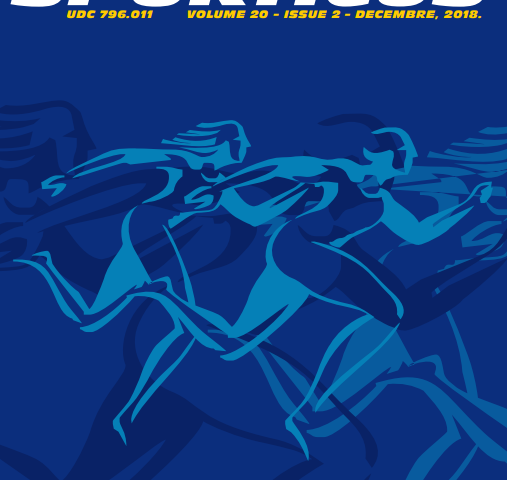Abstract
Thirty-nine boys (28 non-volleyball players and 11 volleyball players) were tested by the Powertimer machine with the aim of analyzing the metric characteristics of jumping ability tests. Squat jump tests (SJ) were used on the examinees, as well as countermovement jump (CJ) and approach jump tests (AJ). Good metric characteristics of all tests have been established (reliability, sensitivity, homogeneity and validity). Both groups of examinees showed very little difference of jump height in the CMJ test, in relation to the SJ test (less than 1 cm). Inefficient transition from the eccentric to the concentric muscle action, as well as the usage of preparatory movements, even in the static position test (SJ), was the possible cause of these results. The differences of the results in AJ and CMJ tests are 6 cm in non-volleyball players and 11 cm in volleyball players. The volleyball players achieved significantly higher results in all tests in relation to the non-volleyball players, especially in AJ test. In SJ and CMJ tests volleyball players jumped on average 4 cm higher than the non-volleyball players, while the difference in the AJ test was 9 cm. The applied tests can be used in lower body strength evaluation in the non-volleyball players sample, but bearing in mind that in young volleyball players strength differentiation sets in – the elastic and the explosive components appear, that should be tested separately.


